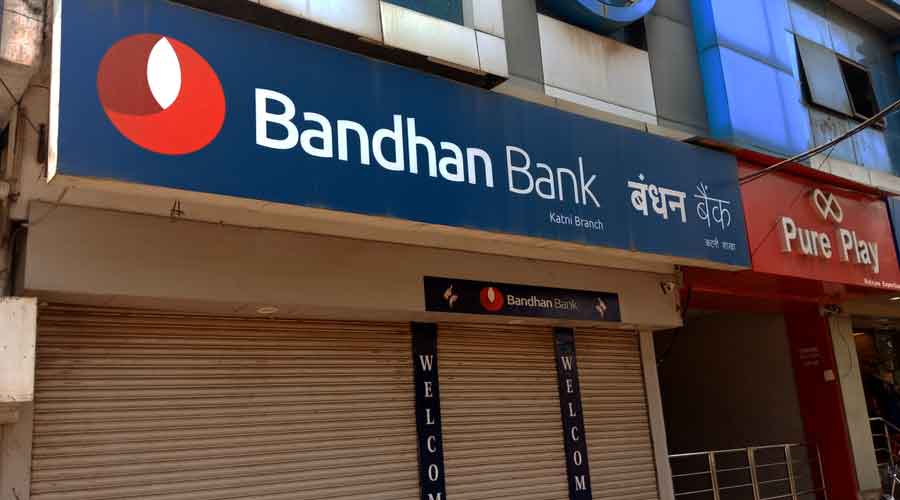The annualised net interest margin of Bandhan Bank fell to 6.8 per cent in the fourth quarter ended March 31, 2021 against 8.1 per cent a year ago — which the bank attributed to a one-time interest reversal in its books.
The bank recognised an interest reversal of Rs 525 crore during the quarter on account of non-performing asset recognition along with an interest on interest component amounting to Rs 13 crore.
The microlender-turned-bank, however, does not expect pressure on margins to sustain.
“NIM was impacted largely because of reversal of interest as accounts were marked as NPA. There was also a small portion of interest on interest and both put together Rs 538 crore is what we have reversed during the quarter from interest income. If we had not done that, our NIM would have been around 8.8 per cent,” said Sunil Samdani, CFO, Bandhan Bank.
“It’s a one-time impact. We don’t see this as a pressure on margins. In fact the cost of funds has been coming down and we see a further reduction. So clearly margin is not a challenge,” he added.
The cost of funds of the bank fell to 5.7 per cent in the fourth quarter of 2020-21 from 6.7 per cent a year ago. But the yields also contracted to 11.6 per cent from 13.8 per cent a year ago.
As a result, the annualised spread was down to 6 per cent in the fourth quarter of last fiscal from 7 per cent a year ago.
Annualised gross NPA (non-preforming asset) was at 6.8 per cent at the end of the January-March quarter against 1.5 per cent a year ago. Net NPA increased to 3.5 per cent against 0.6 per cent a year ago.
Diversification
Bandhan has increased its share of emerging entrepreneurs business — it is involved in micro-lending — from states other than Bengal and Assam.
There has been a reduction in the portfolio share of group and individual loans from Bengal and Assam with a corresponding increase in the other states where the bank is present.
As much as 81 per cent of the newly added borrowers are in states other than Bengal and Assam.
The bank’s MD and CEO Chandra Shekhar Ghosh said that in the last fiscal, the bank was able to convert 11 per cent of its group microcredit borrowers to individual borrowers and the bank has set its sight to increase the share to 50 per cent.











